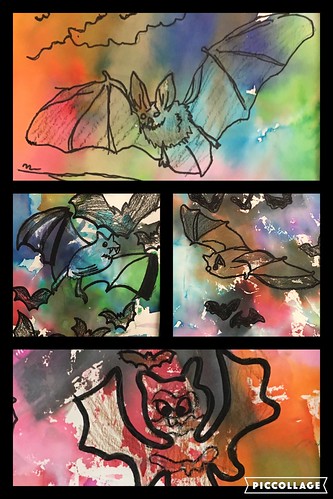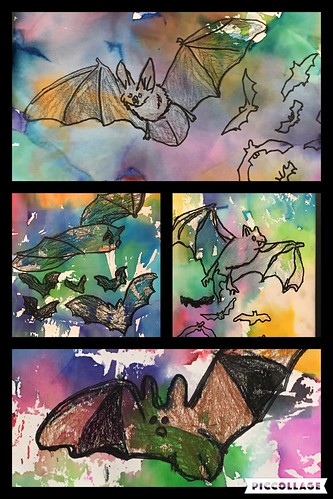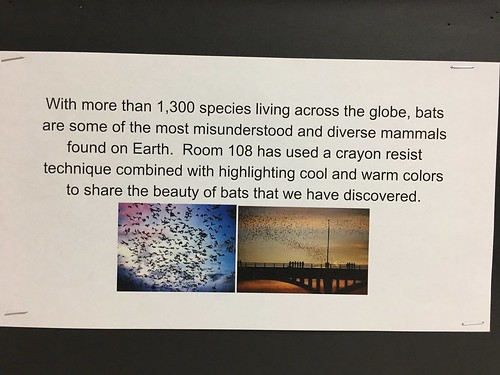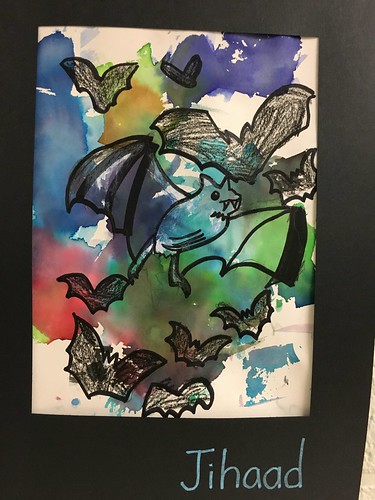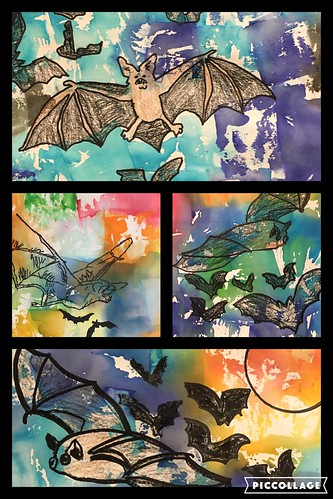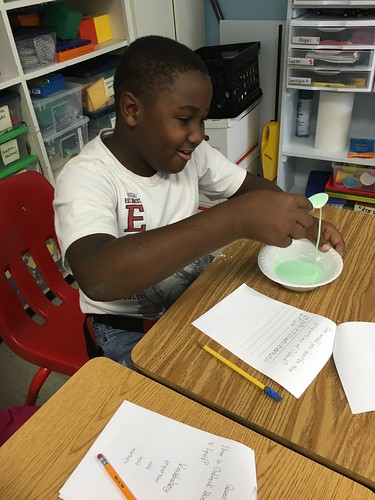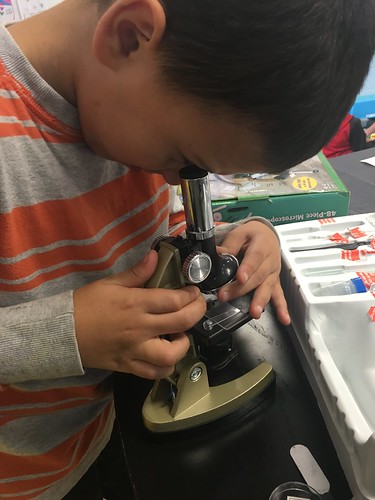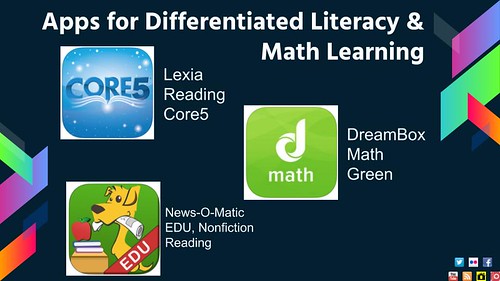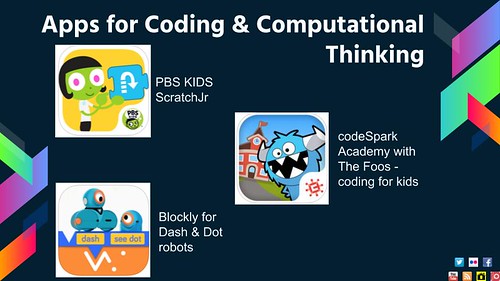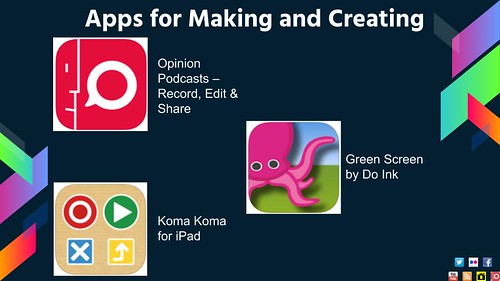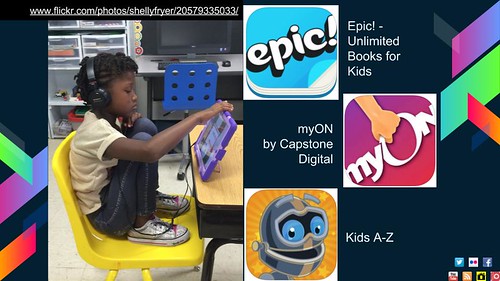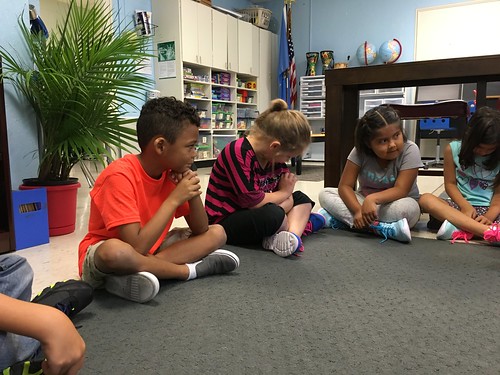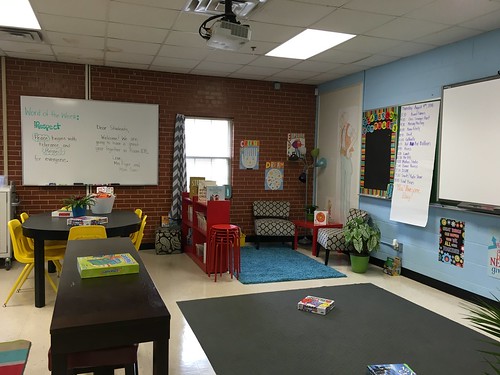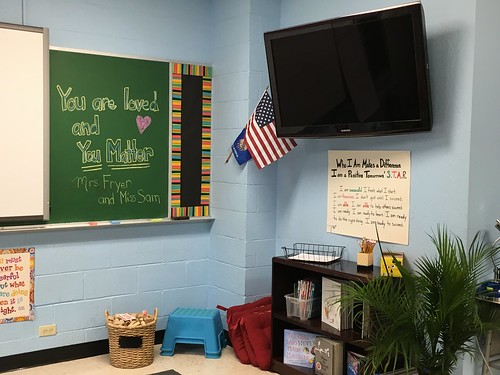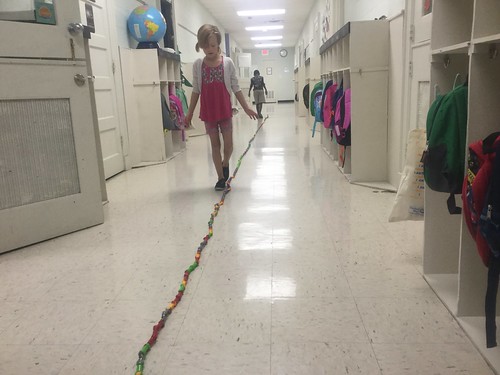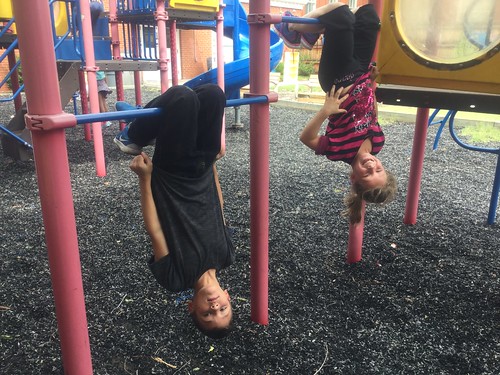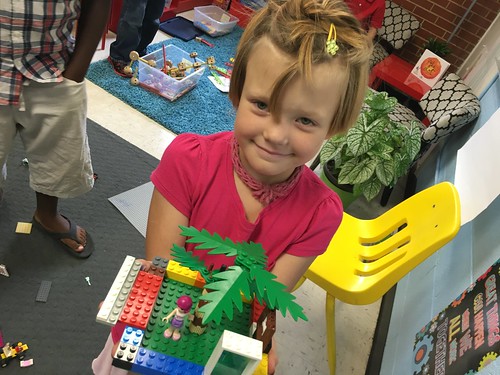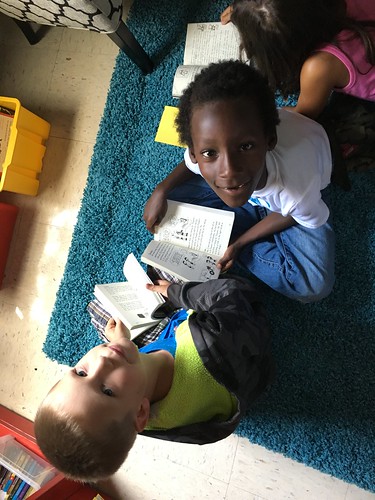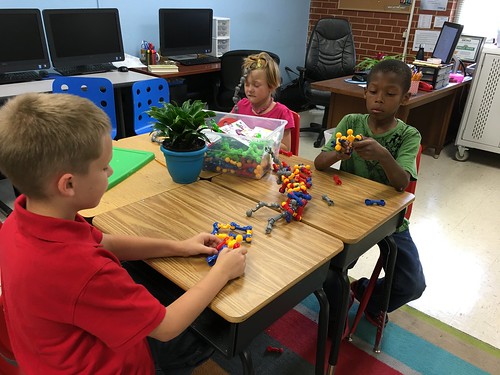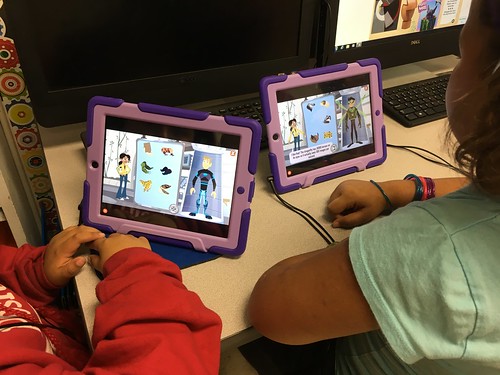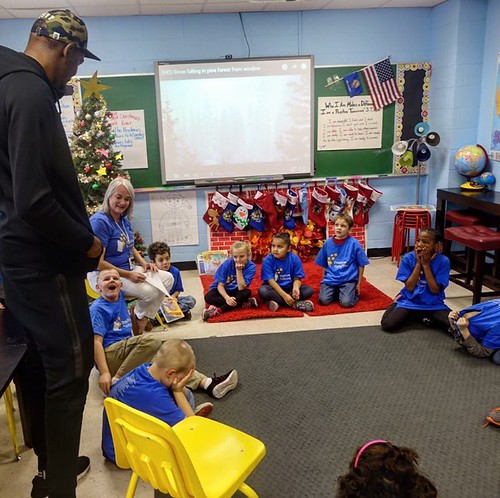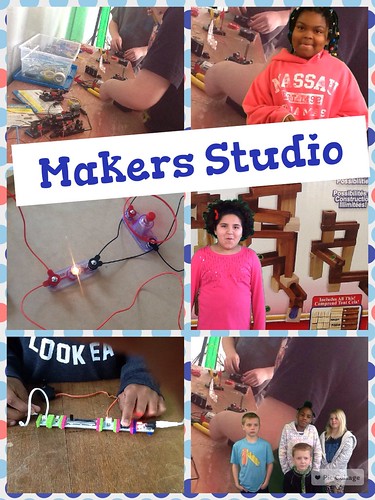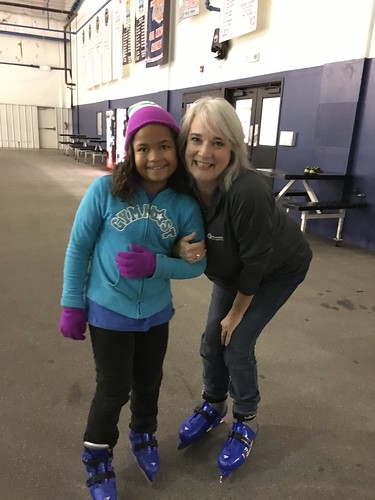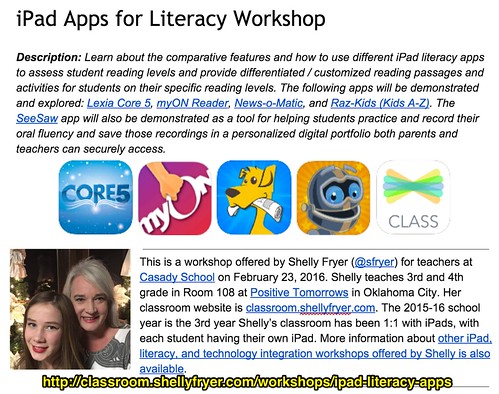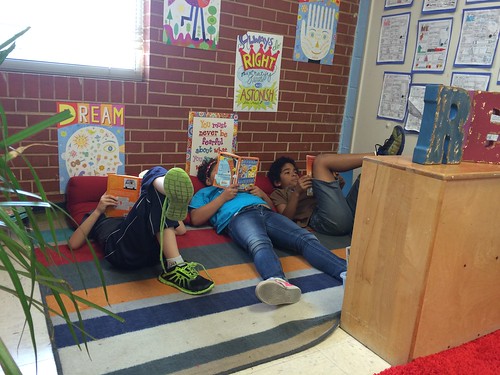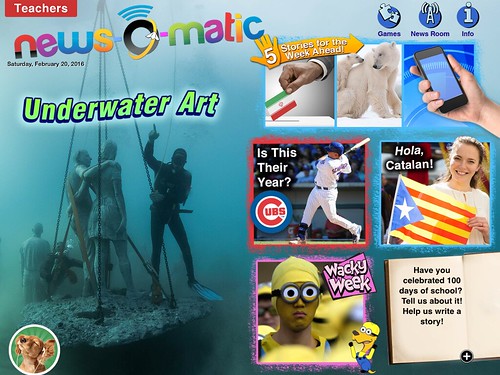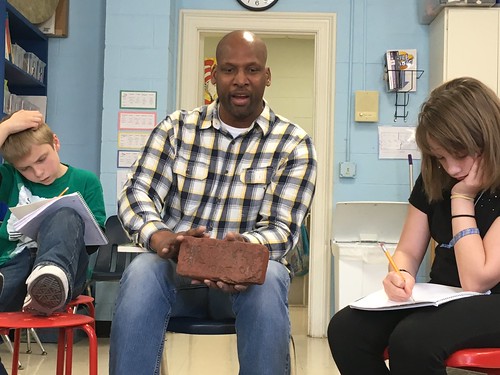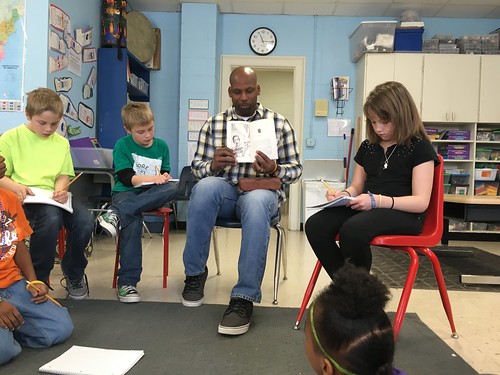For the past three years I have been involved with Oklahoma A Plus Schools (@okaplus) as a teacher in their workshops and now as a “fellow” providing training for other schools. The focus of A Plus Schools, in Oklahoma as well as other states, is summarized in the National A Plus Schools Essentials. These include:
Arts
Curriculum
Experiential Learning
Multiple Learning Pathways
Enriched Assessment
Collaboration
Infrastructure
Climate
A Plus Schools are focused on integrating the arts into and across the curriculum, but also much more. The focus is not just “art enhancement,” when a teacher adds an art activity to an existing lesson. Quality A Plus essentials integration involves teaching common vocabulary and skills involving multiple subjects, in activities which blend the content areas in engaging activities.
Since my classroom is 1 to 1 with an iPad for every student, I am very aware of the powerful ways technology can be used to support the A Plus Essentials. With so many schools now acquiring technology tools like iPads and Chromebooks, it’s become important for organizations like A Plus to help define what is important for teachers working to integrate technology into their lessons. Rather than simply “putting students on an app” to reinforce or teach basic skills, I am convinced technology tools should be used to enhance and amplify student creativity. Technology tools are used best in the classroom when students are making and creating, and these digital creations need to be shared both inside and outside the classroom.
Our class paper slide video for #BatWeek: "Bats… Friend or Foe?" @ptokc @Bat_Week @EduBat_BatChamp #BatWeek https://t.co/P7upr4ScFT
— Shelly Fryer (she/her) ☕️ (@sfryer) November 7, 2016
Last weekend at the Oklahoma A Plus Fall Retreat, I worked with a group of other teachers to brainstorm ideas for an “A Plus Technology 101” workshop. I am writing this post not because I have all the answers to this question, “What do teachers need in an introductory technology workshop supporting A Plus Essentials?” but because I want to clarify my own thinking as well as get feedback from others.
What does it take to successfully integrate iPads into an elementary classroom? First, teachers need to have their own iPads to use, install apps, make and create. Teachers need to be supported and encouraged to use their iPads to make and create, because these uses do not necessarily come naturally for either adults or young students. Kids may learn technology skills more readily than some adults, but I have noticed many will not self-select creative iPad apps unless they are encouraged and/or required to do so by teachers.
Great @BookCreatorApp project retelling the story 'Twas the Night Before Thanksgiving. #oklaed https://t.co/3Mjuia08mV
— Shelly Fryer (she/her) ☕️ (@sfryer) November 21, 2016
Creating and making with technology is so important! With iPads specifically, teachers need to begin building their own sense of “app literacy” to know what is possible and what apps are appropriate for students’ developmental levels and needs. Teachers need to learn “workflows” for using different apps in sequence or together. Teachers need to learn vocabulary terms for iPads and apps, which include things like:
- Share Square
- Hamburger
- Save to Camera Roll
- Workflow
- Home Button
- Screenshot
- Photo Roll
Behold: "The Hamburger Tool." Best #googleEDU new vocabulary term for me today! by Taylor Huddleston #gsummitmaize cc @sfryer #edtech pic.twitter.com/uPRJFM17ZA
— Wesley Fryer, Ph.D. 🌎🎙🚀 wesfryer.com/after (@wfryer) November 12, 2016
In addition to developing app literacy and a shared vocabulary which can be used with iPads, teachers also need encouragement and support to create “channels” for saving and sharing student digital projects. These can be channels shared inside the classroom as well as outside. Our classroom website, classroom.shellyfryer.com, is a Google Site we use as a “home base” for technology integration EVERY DAY at my school.
I also use QR Codes and our classroom digital portfolio, SeeSaw, to share links to videos and other digital curriculum sites we use in lessons. The website I use to create QR Codes on my classroom computer is createqrcode.appspot.com. I copy and paste these QR Codes into Google Documents I print for students to use at different learning stations. Students use the free iPad app i-Nigma to scan QR codes and directly view videos or visit websites I’ve selected. When sharing YouTube videos, I usually put the link into Safeshare.tv, and share its provided link with students. Safeshare video links do NOT include related videos or comments, which can be distracting and/or inappropriate. This use of QR Codes, SeeSaw, and our classroom website is very important from an Internet safety standpoint. I never require my students to search online for a curriculum link we are using in class. That could not only waste time, it also could present multiple opportunities for students to be distracted or see inappropriate web content. Search skills are important, and students do practice searching for images to use in their projects, but only on websites and apps built specifically for student searches. These include Pic Collage Kids (which has a built-in kid safe image search tool) and the website PhotosForClass.
History & Story of Thanksgiving QR codes (used in my classroom) https://t.co/8GXYQgdeQz #iPadEd #OklaEd pic.twitter.com/qSEzTjBbA3
— Shelly Fryer (she/her) ☕️ (@sfryer) November 21, 2016
In a Technology 101 Workshop, teachers need to also be introduced to apps which allow students to “show what they know” with media. This is very common vocabulary for my students and I in our classroom, and in the conversations I have with my husband (@wfryer) about technology. I have found, however, many teachers do not yet have enough app literacy to see the value and purpose of using digital devices in these ways.
New post: Virtual Field Trips and Crayon Resist Art for #BatWeek https://t.co/xBZM2yivtK #OklaEd
— Shelly Fryer (she/her) ☕️ (@sfryer) October 25, 2016
Technology tools like an iPad can empower teachers to use “enrichment assessment” activities with students which can provide extremely helpful insight into what students understand, have synthesized, and can demonstrate. Last week I shared an after school workshop for Oklahoma A Plus which was titled, “Enriched Assessment & Experiential Learning.” Some of the apps my students and I regularly use to demonstrate understanding are Opinion, Book Creator, Shadow Puppet EDU, SeeSaw, Pic Collage Kids, and iMovie. This year I have had to take things slower with my students using iPads, so we are not yet blogging, but will be using a classroom blog (we used KidBlog the past few years) to also “show and share” our learning.
Just shared our #Room108 podcast into the Ss @Seesaw They LOVE sharing what they've learned! @Bat_Week @OpinionPod https://t.co/IsKaf1Jypy
— Shelly Fryer (she/her) ☕️ (@sfryer) November 7, 2016
I believe teachers need encouragement and support to help their students share their work both inside and outside the classroom. My husband and I shared a mini-keynote last summer in Austin at the iPadPalooza Conference, in which we talked about these platforms and their importance. For me, this includes SeeSaw, our classroom radio show, our classroom YouTube channel, and our classroom photos on Flickr. All of these are linked from our classroom website, which is publicly available.
After listing all of these different technology integration elements, it’s clear it would be hard to fit everything into a 1.5 hour workshop. It would also be hard to not overwhelm teachers.
After reading what I have shared, what do you think are the most important elements to include in a “Technology 101 Workshop” that only lasts an hour and a half?
Gr8 Live webinar from the Organization for Bat conservation! Ss loved asking questions! @ptokc #BatWeek #oklaed pic.twitter.com/4679ZX5Mib
— Shelly Fryer (she/her) ☕️ (@sfryer) October 24, 2016

